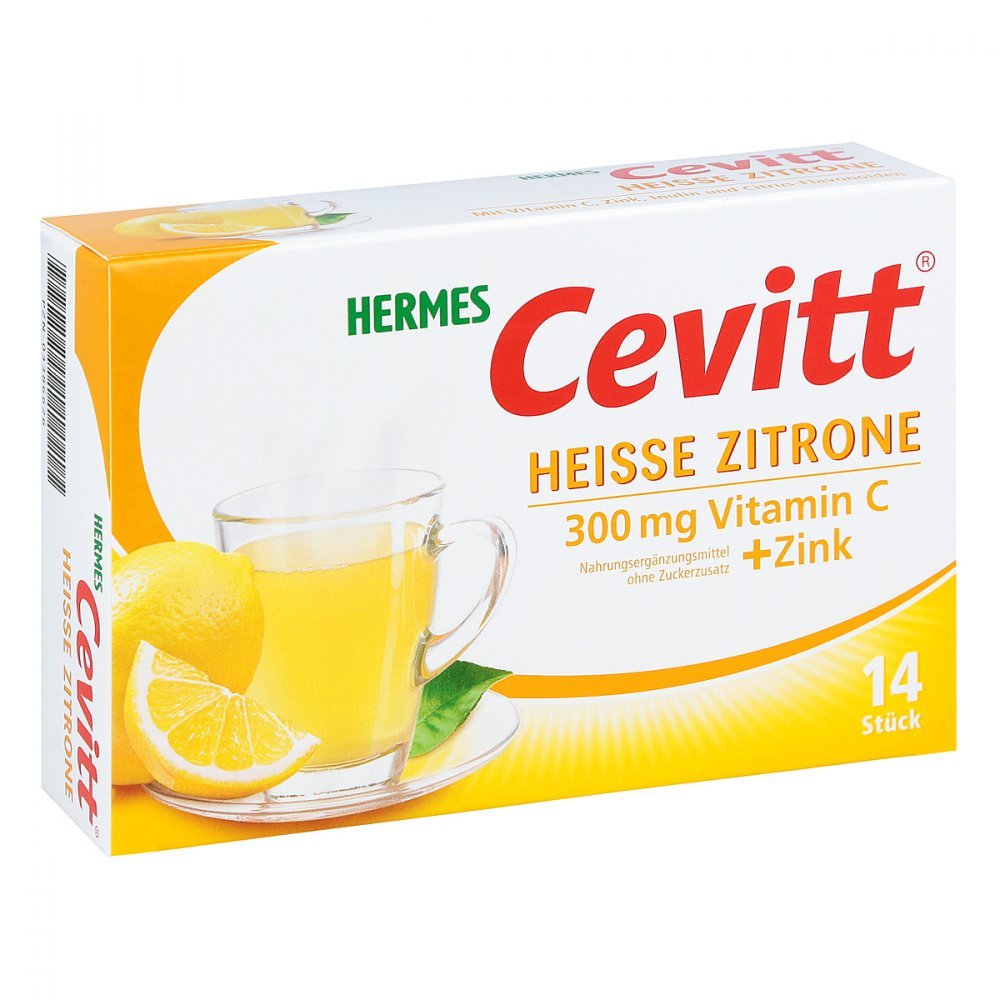Pharma company standardizes processes
Healthy Project Management
To keep an overview of dates, resources, and costs, Hermes Arzneimittel implemented a project management software (PM). The medium-sized company develops pharmaceuticals for both its own brands and large pharmaceutical groups. In the implementation, the focus was on the optimization of administration and the control of multiple projects which use the same resources. The structuring procedure was to be standardized by the software-assisted tracing of project phases and milestones. This was expected to generate a more com-prehensive general overview as well as an option to make decisions on the prioritization of projects more quickly. The standardization of processes also played a decisive role in the decision for a software.


Using PLANTA since 2014
Clear Role Definition
A more precise planning, consideration of underload and overload, forecast and analysis, were just as much a part of the objective definition for the new software as the exact accounting of hours to projects. Further requirements were the evaluation of activities, a clear role definition, a reporting option for different target groups, as well as support in resource planning.
The project was launched in May 2012. After 16 months, in fall 2013, the decision to implement PLANTA PROJECT was made. Up to the go-live in August 2014, the steps of first time installation, training of the core team, elaboration of a respective functional concept, test phase, and user training were carried out. The definition of areas of responsibility could be identified as an important prereq-uisite for efficient project management. The core team has adjusted the roles predefined in the software according to the specific requirements of the company.
The processes for the procedure of general projects was defined: on one hand the process for basic load projects and on the other hand the entire process of a customer project — from the reception of the customer’s query via the creation of the project as a simulation project with standard template up to the approval by the person responsible and the subsequent activation of the entire project as a development project.
The system administrator was provided with the same screen as the line managers of the depart-ments in order to be able to better assist them if they have any questions. To straighten out coordination processes in the case of additional, unplanned effort, the resource managers were given the same rights as the multi-project managers, so that consultation with the project manager responsible would only become necessary if a particular amount of additional effort occurred for an employee.
Privacy was taken into account
The workers’ council was informed on the topic of time recording in good time. Privacywas taken into account as well: Personal data is only visible to the two system administrators and the PLANTA consultant. The retrospective at the end of the tests lead to an estimate on which objectives could be attained through the software implementation, on whether all persons involved were considered sufficiently in the new processes, and on what improvements were yet to be made.
After the implementation phase, a testing environment was installed in parallel with the live system to enable adjustments to be made directly at the site. A module for innovation management was established to facilitate the tracing of project ideas by means of own schedules with subsequent adoption to the development project management. Dr. Torsten Eckardt, Head Healtcare Application Services & Packaging Development at the pharma company, describes the benefits of the implementation: “The new software helps us to better administrate and prioritize development projects in a software-aided manner. The detailed project planning and the transparency in the entire development process have been improved, the overview of our available resources has been facilitated. We are now able to develop new products faster and with greater cost efficiency.”


